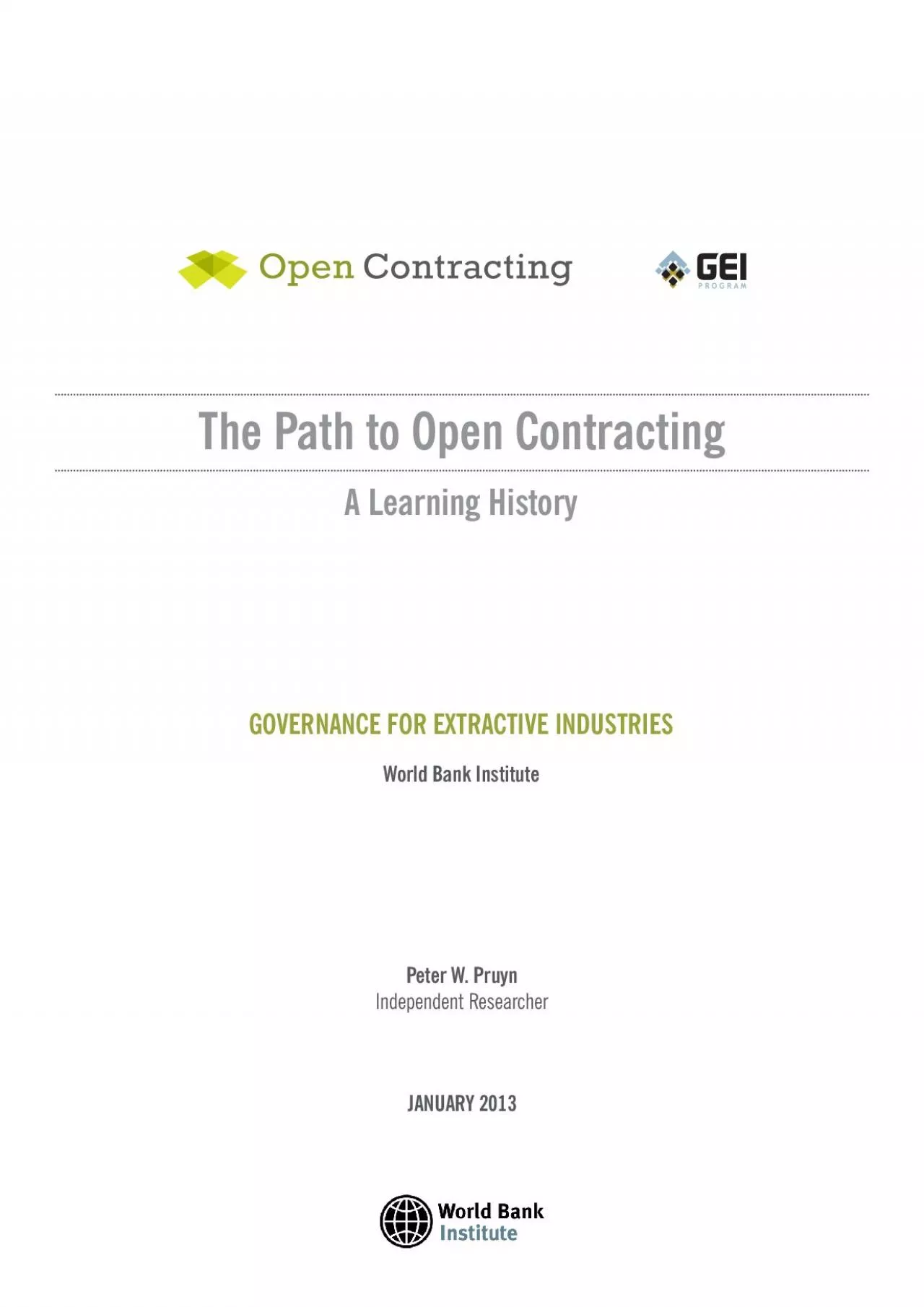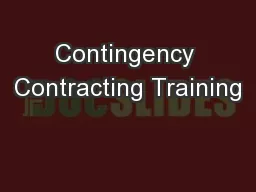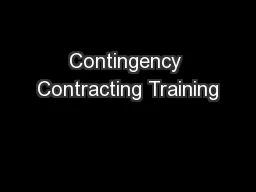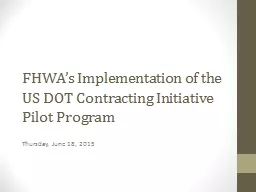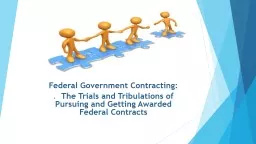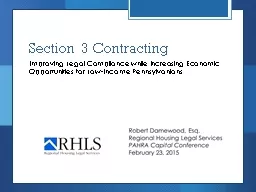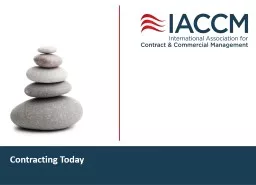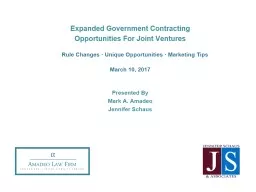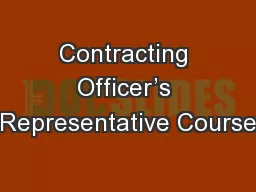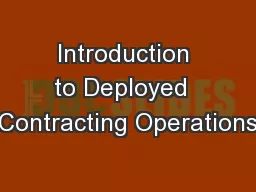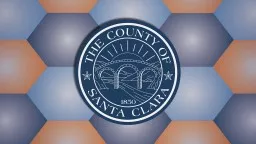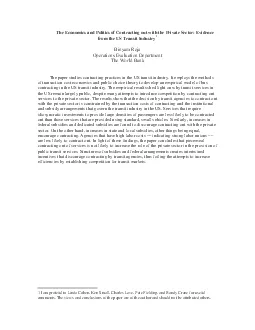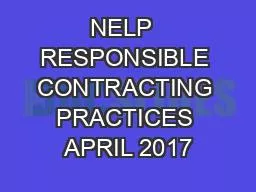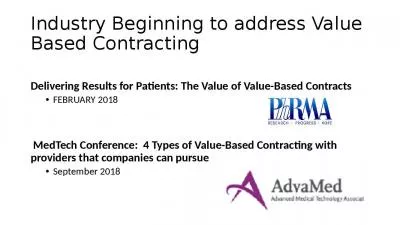PDF-The Path to Open Contracting
Author : jordyn | Published Date : 2020-11-24
A Learning History GOVERNANCE FOR EXTRACTIVE INDUSTRIES World Bank Institute Peter W Pruyn Independent Researcher JANUARY 2013 2 TABLE OF CONTENTS Executive Summary
Presentation Embed Code
Download Presentation
Download Presentation The PPT/PDF document "The Path to Open Contracting" is the property of its rightful owner. Permission is granted to download and print the materials on this website for personal, non-commercial use only, and to display it on your personal computer provided you do not modify the materials and that you retain all copyright notices contained in the materials. By downloading content from our website, you accept the terms of this agreement.
The Path to Open Contracting: Transcript
Download Rules Of Document
"The Path to Open Contracting"The content belongs to its owner. You may download and print it for personal use, without modification, and keep all copyright notices. By downloading, you agree to these terms.
Related Documents

